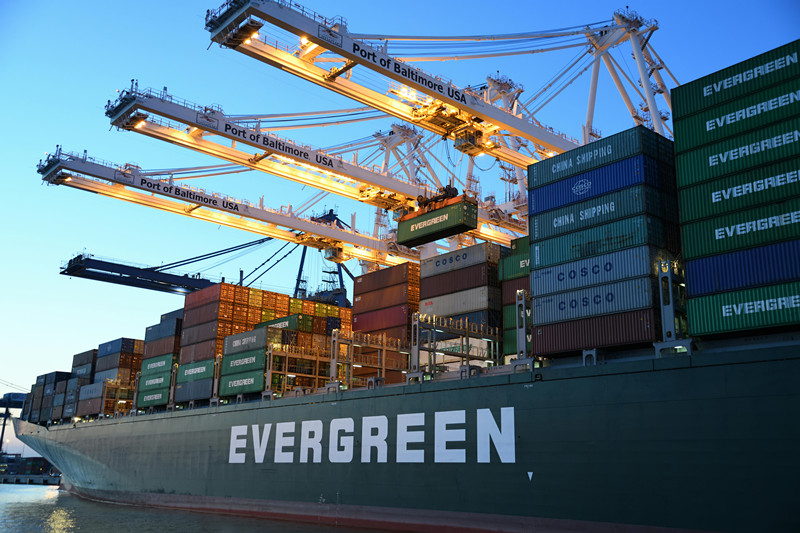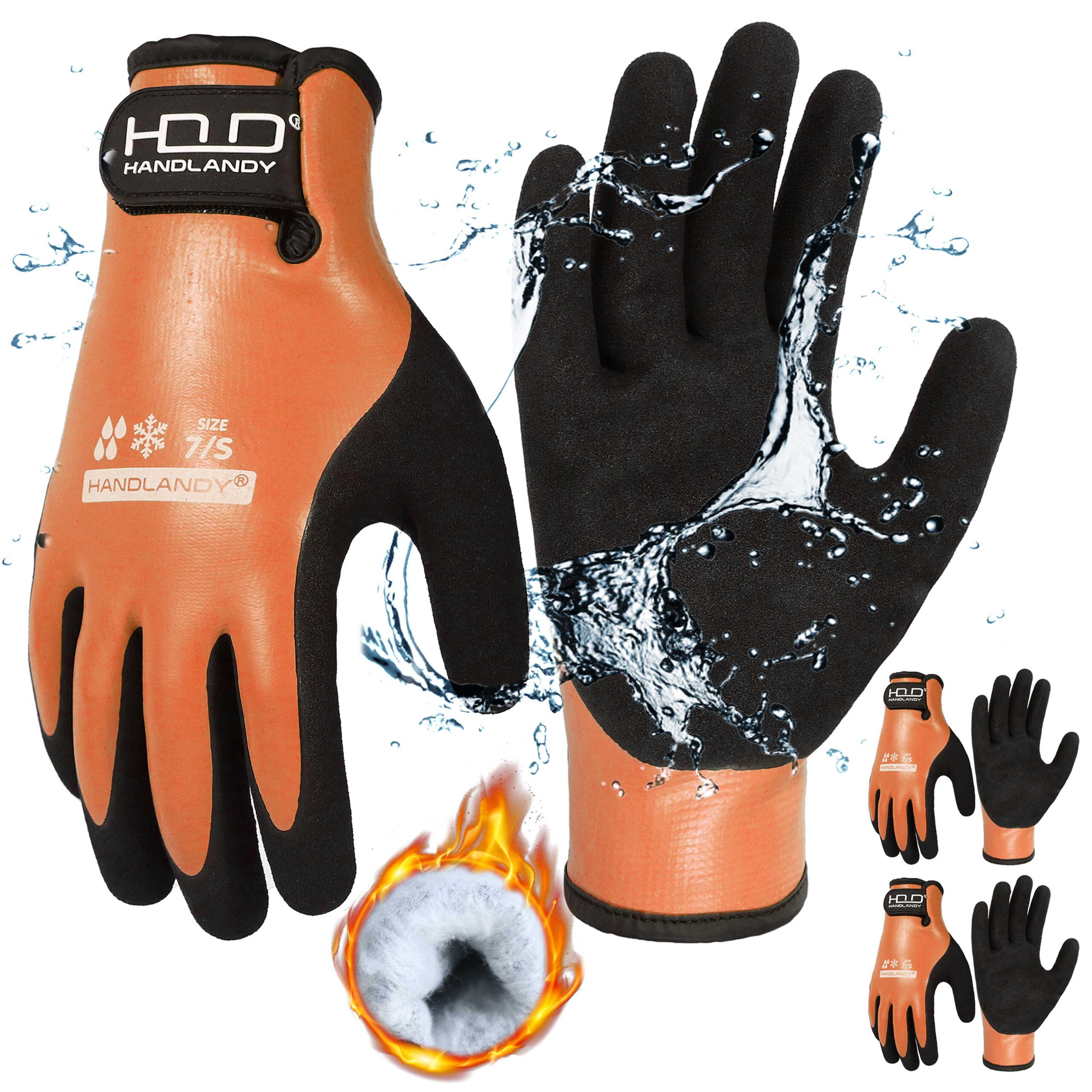The true cost of sourcing gloves from China includes raw materials, labor, shipping, customs duties, and quality assurance expenses. To make informed decisions, it’s essential to consider all cost factors to avoid surprises.
1. Key Cost Components When Sourcing Gloves
Raw Material Costs
The primary cost in glove manufacturing is the material used. Options include:
- Latex: Affordable and flexible but not suitable for people with allergies.
- Nitrile: Durable, chemical-resistant, and widely used in industrial applications.
- Vinyl: Cost-effective for disposable gloves but less durable.
- Leather: Ideal for heavy-duty work gloves.
Material costs can vary based on global demand and availability.
Labor Costs
Labor in China is relatively low compared to other countries, which contributes to competitive pricing. However, costs may vary by region and the complexity of the glove being produced.
Manufacturing Overheads
Overhead includes factory maintenance, energy use, and equipment. High-capacity factories spread these costs across large volumes, keeping prices low for bulk orders.
Shipping and Logistics Costs
Shipping costs depend on:
- Method: Sea freight is cheaper for large orders, while air freight is faster but more expensive.
- Distance: Shipping rates vary depending on the destination.
| Shipping Method | Cost | Delivery Time |
|---|---|---|
| Sea Freight | Low | 4-8 weeks |
| Air Freight | High | 5-10 days |
Customs Duties and Tariffs
Customs duties and tariffs add to the overall cost. For example:
- The U.S. imposes additional tariffs on Chinese imports, including gloves.
- European markets require compliance with CE certification, which may impact pricing.
Quality Assurance Costs
Ensuring product quality is essential:
- Sample Testing: Evaluate samples for durability and compliance.
- Third-Party Audits: Hire agencies to inspect factories and verify processes.
- Certifications: Suppliers must meet international standards like ISO, CE, or FDA, which may reflect in the cost.
2. Hidden Costs to Watch For
- Minimum Order Quantities (MOQs):
Bulk orders reduce per-unit costs, but high MOQs require upfront investment. - Currency Exchange Fluctuations:
Changes in exchange rates can increase costs. Locking in favorable rates can mitigate this risk. - Lead Times:
Delays in production or shipping can lead to inventory shortages, increasing indirect costs.
3. Balancing Cost and Quality
While sourcing gloves at the lowest price may seem attractive, it’s important to balance cost with quality:
- Low-Quality Gloves: Can result in customer complaints and returns.
- High-Quality Gloves: Improve customer satisfaction and brand reputation.
Work with verified suppliers who offer quality certifications and reliable delivery.
Conclusion
The true cost of sourcing gloves from China includes raw material expenses, labor, shipping, customs duties, and quality assurance. By understanding these cost factors, businesses can make better decisions and avoid hidden expenses. Carefully evaluating suppliers, shipping methods, and quality control processes ensures a smooth and cost-effective procurement process.








